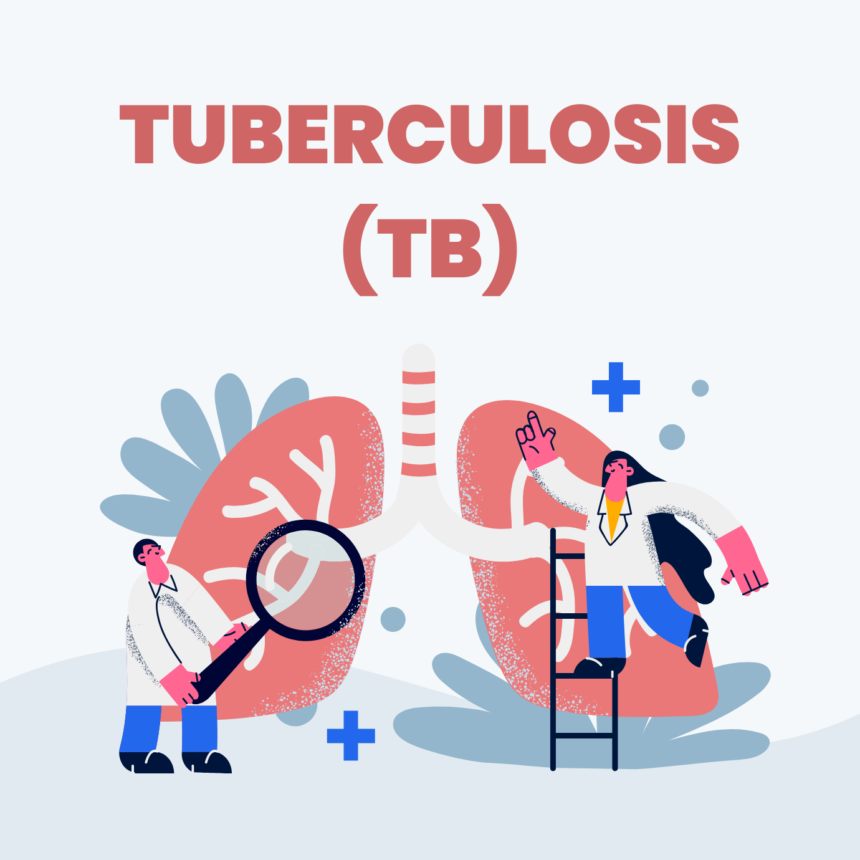This article focuses on the specific challenges and considerations related to diagnosing and treating tuberculosis (TB) in children, highlighting the importance of early detection and appropriate management in pediatric populations.
- Pediatric Tuberculosis: Unique Aspects and Challenges: The article begins by discussing the unique aspects of TB in children, including differences in symptoms and disease presentation compared to adults. It also addresses the challenges in diagnosing TB in children, such as the limitations of diagnostic tests and the need for a high index of suspicion.
- Clinical Presentation of Pediatric TB: This section describes the various ways TB can manifest in children, ranging from pulmonary TB to extrapulmonary forms like TB meningitis or lymphadenitis. It highlights common symptoms such as cough, fever, weight loss, and failure to thrive.
- Diagnostic Methods for Pediatric TB: The article delves into the diagnostic methods used for detecting TB in children, such as tuberculin skin test (TST), interferon-gamma release assays (IGRAs), chest X-rays, and sputum or gastric aspirate testing. It may discuss the limitations and challenges of each test in the pediatric population.
- Screening and Contact Tracing in Children: This section emphasizes the importance of screening children for TB, especially if they have been in contact with TB-infected individuals. It discusses the significance of contact tracing in identifying latent TB infection or active TB disease in children.
- Drug Resistance in Pediatric TB: The article may touch upon drug-resistant TB in children and the challenges it poses to treatment. It may also discuss the importance of drug susceptibility testing in guiding appropriate treatment choices.
- TB Treatment in Children: This section outlines the standard treatment regimens for pediatric TB cases and the duration of therapy. It may discuss the importance of directly observed treatment (DOT) to ensure treatment adherence in children.
- Adverse Effects and Drug Interactions: The article may address the potential adverse effects of TB medications in children and how they can be managed. It may also discuss drug interactions with other medications that children might be taking.
- Management of TB Meningitis and Extrapulmonary TB in Children: This section may focus on the specific challenges of diagnosing and treating TB meningitis and other extrapulmonary TB cases in children.
- Follow-Up and Monitoring: The article may discuss the importance of regular follow-up and monitoring during TB treatment in children. It may highlight the need for close collaboration between healthcare providers and caregivers.
- Prevention Strategies and Public Health Interventions: The article concludes by discussing the significance of TB prevention strategies in children, including vaccination with Bacille Calmette-Guérin (BCG) and improving TB control efforts in communities with a high burden of the disease.
By providing valuable insights into the diagnosis and management of pediatric TB, this article aims to raise awareness about the unique challenges of TB in children and the importance of early detection and appropriate treatment to improve outcomes in this vulnerable population.
